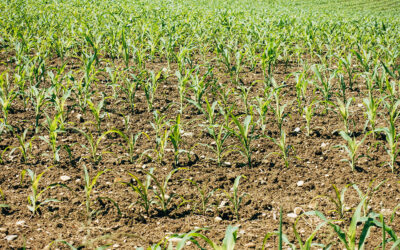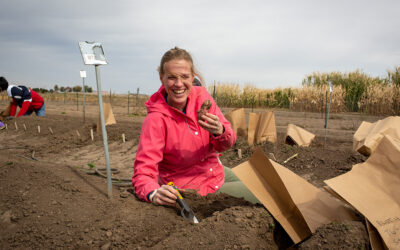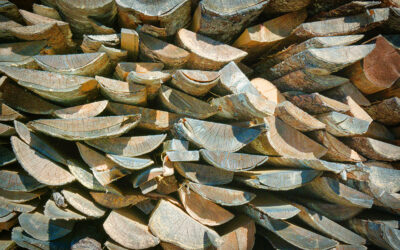Currently, the livelihoods of 200-300 million people depend on the reliability of annual water flows in the Nile River Basin. Rapid population growth and rising demand for agricultural  products in this region will further increase dependence on these critical flows. Yet there is a potentially important influence on Nile flows that is only partially understood, and completely ignored in the efforts improve water security for the region. That influence is the role played by other parts of the African continent outside the traditional Nile Basin boundaries on how much rain falls on the Nile Basin. Such “teleconnections”, in particular that with the West African Rainforest (WARF), highlight the interconnected relationship between forests, water, and the reliability of Nile River Basin flows.
products in this region will further increase dependence on these critical flows. Yet there is a potentially important influence on Nile flows that is only partially understood, and completely ignored in the efforts improve water security for the region. That influence is the role played by other parts of the African continent outside the traditional Nile Basin boundaries on how much rain falls on the Nile Basin. Such “teleconnections”, in particular that with the West African Rainforest (WARF), highlight the interconnected relationship between forests, water, and the reliability of Nile River Basin flows.
In a recent WIREs Water review, Solomon G. Gebrehiwot and co-authors highlight the dynamic forest-water interactions in this part of the world that provide atmospheric moisture to the Ethiopian Highlands, and thus eventually to the Nile River Basin. Approximately 85% of the water flowing into the Nile River originates from the Ethiopian Highlands. The rainfall on these highlands and the reliability of river flows from this “water tower” however, are influenced by the production and transport of atmospheric moisture from the WARF. This area, which is threatened by deforestation, is located well beyond the boundaries of the Nile River Basin.
As the authors illustrate, the existing “transboundary” forms of political cooperation in the region (in particular the Nile Basin Initiative) only address the interests and goals of Nile River Basin countries and entirely ignore both the WARF countries, as well as the role of atmospheric moisture flows in ensuring stable long-term flows in the Nile. Future challenges to water security in the Nile River Basin, require greater attention to the potential for the WARF to continue providing atmospheric moisture flows to the Ethiopian Highlands. Along with continued research, the transboundary negotiation forums must be extended to include larger frameworks that encompass the “precipitationshed” of the Ethiopian Highlands.
















